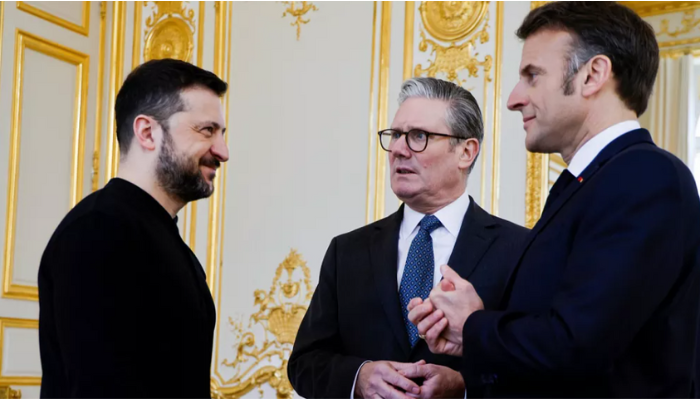
Efforts to form a multinational reassurance force for Ukraine are gaining momentum as defence ministers from over 30 countries met in Brussels to shape the mission’s structure. While operational plans are reported to be significantly developed, key uncertainties remain around troop deployment numbers and an official timeline.
The initiative, driven by France and the United Kingdom, aims to establish a robust military presence in Ukraine after a potential peace deal, ensuring deterrence against any future Russian aggression. The reassurance force is designed not only to maintain stability but also to reassure Ukraine and its allies that regional security will be protected in the long term.
Military officials from both France and the UK recently visited Kyiv to coordinate with Ukrainian leadership and defence experts. Their discussions focused on potential deployment zones, particularly in strategic urban areas, and assessed the logistical and intelligence needs that would accompany a multinational force.
Not all countries participating in the coalition have confirmed military involvement. Some, like Poland and Greece, are facing regional security challenges of their own and have expressed limitations in their ability to contribute troops. However, broader participation may include alternative forms of support, such as surveillance systems, cyber defence, and logistical aid.
Despite the progress, many European countries remain cautious about moving forward without solid backing from the United States. The concept of a “US backstop” — including intelligence-sharing, air support, and high-level military coordination — remains a critical component for many nations involved in the coalition.
US engagement, however, has become less certain under the current administration. The United States has reduced its role in the Ukraine Defence Contact Group and has not formally joined the reassurance initiative. This has raised concerns among European allies about the credibility and sustainability of a force lacking American involvement.
Some NATO members, including smaller Baltic nations, are open to contributing to the force under the condition that their own national security is not compromised. The scale and scope of each country’s involvement are expected to hinge heavily on the terms of any future peace settlement in Ukraine.
Another area still under consideration is the mission’s exact role—whether it will serve as a peacekeeping force, a monitoring unit, or a deterrence-based military presence. This will significantly influence the force structure, command systems, and international legal frameworks involved.
As planning continues, the coalition must balance political sensitivities, operational readiness, and strategic objectives. Without firm commitments on numbers, deployment locations, and a unified command structure, the reassurance force remains a complex and evolving concept.
The next steps are expected to focus on finalizing participation details, aligning military strategies, and continuing diplomatic outreach — especially toward Washington — to determine whether the United States will support or join the coalition in a meaningful way.
